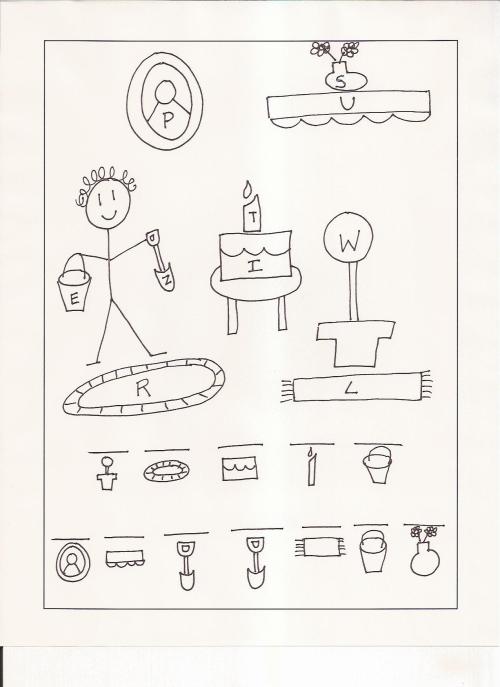I remember clearly my first magazine subscription and how amazed I was when I learned that the postman would bring it to my door each month. Wee Wisdom was packed with stories, poems, and activities. It even had ideas for starting clubs. I was seven years old – that time of life when a magazine of your own is a treasure. It was a treasure for my mother, too. I know this to be a fact because I overheard her telling our neighbor that Wee Wisdom kept me from begging to buy Sheena, Queen of the Jungle from the magazine rack at the drugstore.
Other favorites in my elementary school days were Children’s Playmate and Jack and Jill. I poured over each copy with friends. Sheena was still tempting, and, by that time, so was Tarzan of the Apes. But comic books didn’t offer the activities that we found in Playmate and Jack and Jill – things like simple science experiments, silly jokes, even recipes.
Mostly, though, I gravitated toward the stories. As I read them, I saw that complications must develop in order to keep the reader interested (plot). I realized that the people in the stories could change (character development). I became aware of the way people sound when they talk (dialogue). I learned that everything has to happen somewhere (setting). I was introduced to that exciting story genre, the serial. Having to wait for a month for the next installment made me realize the power of a chapter that ends in a cliffhanger.
As I reached my teens, Calling All Girls, “the complete magazine for teens,” entered my life. At fifteen cents per copy, I certainly got my money’s worth. I still remember the advertisement for “look-alike sweaters for steadies.” That was the era of the first home perms, and ads featured two teens with identically coifed hair and the subtitle: “Which twin has the Toni?”
But I spent most of my time reading the short stories. They entertained, and they challenged. I devoured them like a starving person. I saw myself in the settings. I heard my own voice in the dialogues. I reveled in the development of plot. Never to Be Forgotten was the name of a collection of stories from Calling All Girls. I read those stories and re-read them. I don’t remember what they were about, but I do remember that they spoke to some part of me that was ready to listen.
I saved a lot of magazines as I grew up. They were stored for years in my mother’s basement. Then they made their way to the file cabinets that line a wall of my garage. I was prowling around out there the other day and began leafing through old copies of Jack and Jill, Playmate, and Calling All Girls. Wee Wisdom seemed to have disappeared. But guess what I found at the bottom of the stack? Two copies of Tarzan of the Apes and one of Sheena, Queen of the Jungle.
I wonder how that could have happened?
Contributed by Marilyn Cram Donahue


